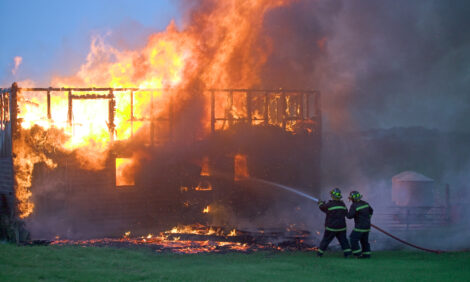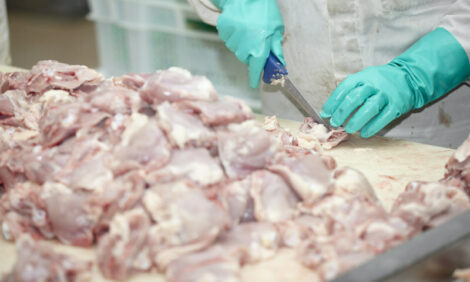



Dioxin Eggs Raise Questions over Effectiveness of Germany’s New Food Safety Laws
ANALYSIS - The recent finding of dioxin-contaminated eggs in the German state of North Rhine-Westphalia (NRW) has raised issues over the latest revisions to the country's food safety laws, while the source of contamination is still under investigation, writes senior editor, Jackie Linden.The recent case of dioxin-contaminated eggs from Stemwede has set a nationwide precedent, according to the local newspaper, Westfalen-Blatt. This is the first such case following the new food safety legislation, which was introduced after the widespread contamination at the end of 2010 and early 2011. Questions have also been raised over procedures at the testing laboratory in Kiel.
This was the laboratory where the egg distributor, Hennes Eierhof of Euskirchen, sent the eggs from the farm in Stemwede. On 15 March, the laboratory (ITL LUFA) found the elevated dioxin levels and informed the distributor but not competent authorities.
The local agriculture ministry for Schleswig-Holstein, was only informed about the results on 27 March, according to spokesman, Christian Seyfert.
The Department is now investigating whether this amounts to a violation of the new food and feed safety law.
According to Westfalen-Blatt, the law requires the authorities to be informed in every case where there is ‘reason to suspect’ that a critical threshold has been exceeded. Previously, it was enough to inform the client. The contentious issue is whether there was ‘reason to suspect’ a problem.
Laboratory CEO, Dr Paul Wimmer, stated that the laboratory has a duty to report in the prescribed manner and that it did so.
On 15 March, a second test was carried out but the dioxin levels were found to be below the threshold levels.
According to information supplied to the newspaper, the laboratory acted on these lower levels, which in the opinion of the Institute, would not require passing on to the authorities. Furthermore, the lab received confirmation that no eggs from Stemwede were by then on sale.
The story is further complicated by a labelling error at the distributor, putting into doubt the actual source of 7,000 other eggs at Euskirchen.
According to the Kiel Ministry, the source of the dioxin contamination could not be traced. Because of the delay in notification, an opportunity was missed to test the feed, Mr Seyfert said.
As it turned out, the feed had not been charged but the origin of the dioxin-like PCBs remains unclear.
The Westfalen-Blatt report adds that soil samples from Stemwede are expected early next week, according to William Deitermann, spokesman for the NRW Ministry of Environment. There has been speculation that the source is a former landfill site nearby but Mr Deitermann stressed that this is pure speculation at this stage.









